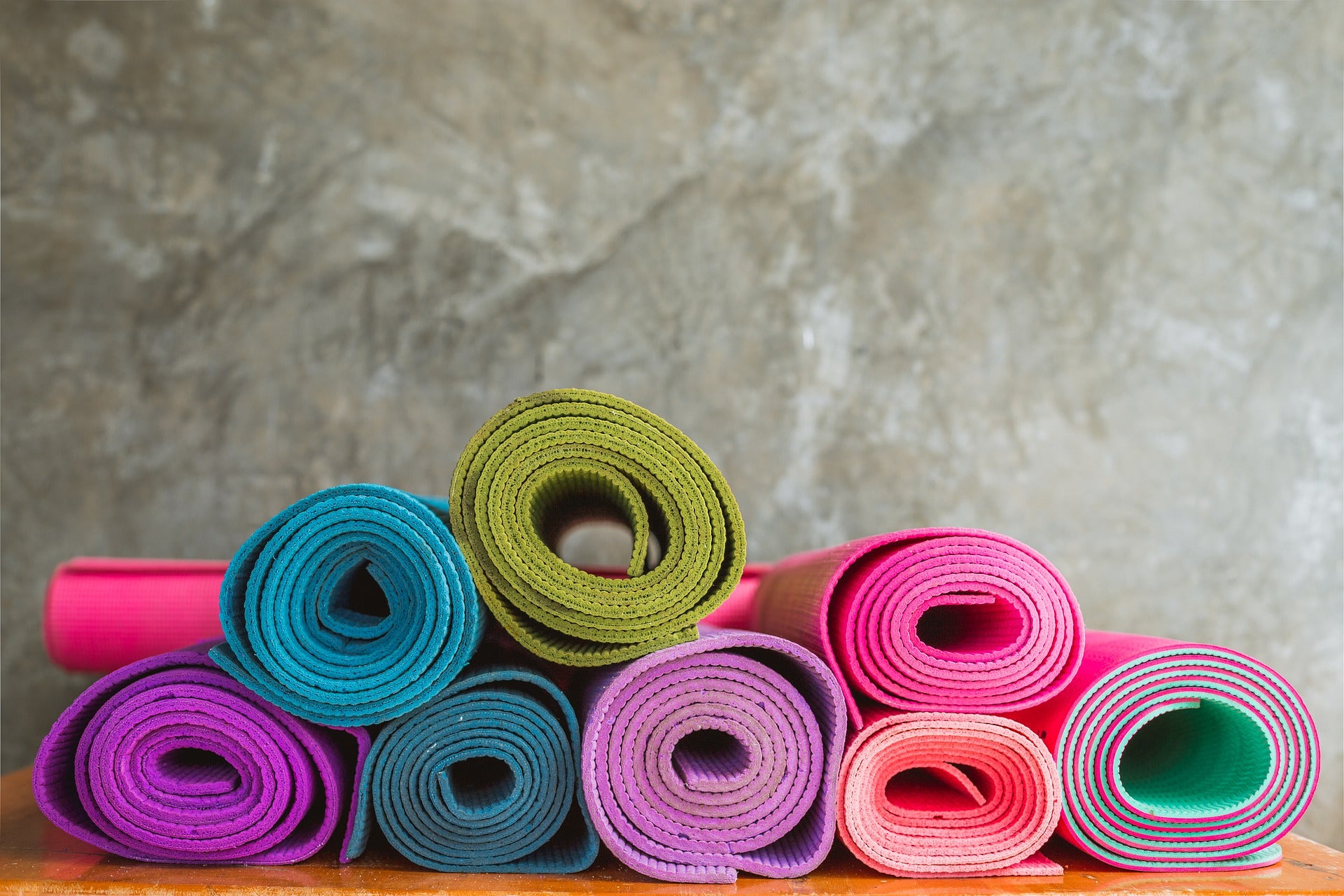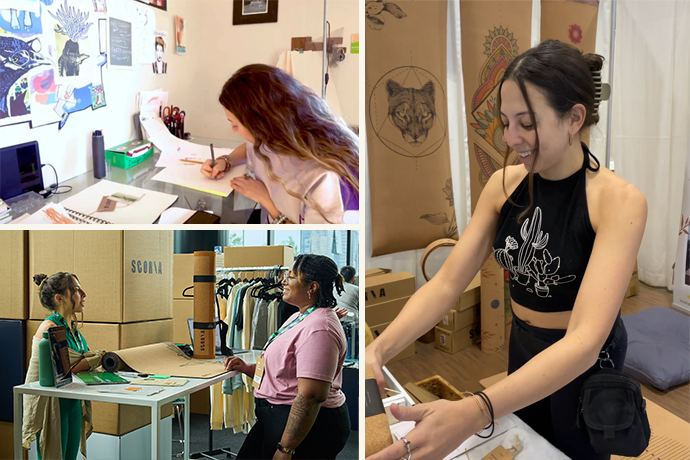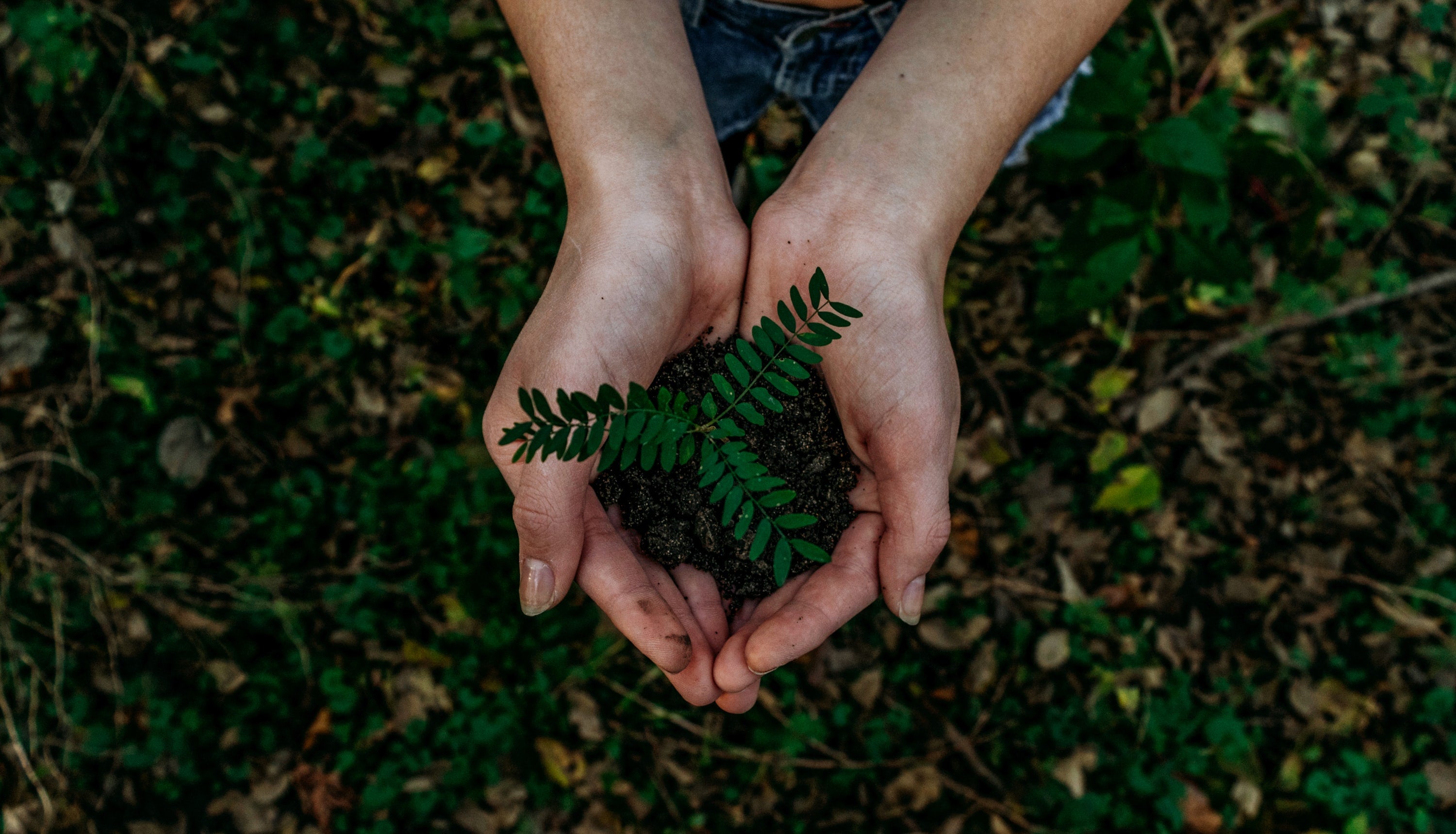
Why a Cork Yoga Mat is the Most Sustainable Option
With the rising and never ending climate concern for our earth in which we also call home, comes change and responsibility. Making more sustainable and earth conscious choices doesn't have to be done perfectly or immediately. It can be applied over time. Remember, any change makes an impact. Below, we will break down the differences between PVC, TPE and cork yoga mats, especially our cork yoga mat which is backed by natural rubber, and why cork is the most sustainable option.

PVC
PVC, standing for Polyvinyl Chloride, is a common type of material used for yoga mats. During the manufacturing process, phthalates are added to increase the flexibility of the PVC. However, not only do big amounts of phthalates have a negative impact on our environment, but they are also known to cause health problems. Heavy metals, such as lead, are also used in your PVC yoga mats as well, which can enter your body through inhalation and skin contact.
In addition to this manufacturing process, PVC resin powder and anti-tear fibers are formed using high temperatures to help with sweat and oil absorption into the yoga mat but makes it much harder to clean. The technology used is called “open-cell” and which allows for the mat to retain sweat but more bacteria to form.
Considering PVC is not biodegradable, if you’re unable to reuse the mat or donate it due to its condition, it oftentimes will end up in landfills; and the only way to truly dispose of it, is by burning it. When burned, a highly toxic persistent organic pollutant called “doxins” will be released, which will inevitably end up in our environment and in our bodies. Unfortunately, no part of a PVC yoga mat lifecycle is non-toxic.
TPE
A yoga mat made with TPE, or known as ThermoPlastic Elastomers, is made using a blend of synthetic materials and petrochemicals - rather than one material. There is a long list of various different combinations that are divided up into 3 classes: block copolymers, thermoplastic blends and alloys, and new TPE. The most commonly found blend is called “styrenic block copolymer” also called TPE-S, made up of a hard plastic and an elastic rubber. Since 2011, both substances have been identified as carcinogens.
Pros? TPE yoga mats are easy to clean and are a better alternative to PVC, but are not the most sustainable and or the best option for health.
It is recommended that one replaces their yoga mat every 3-5 years, depending on how often they practice. This is because after a few uses, the TPE begins to wear down, especially when in contact with heat due to the rubbery substances - making it a non-preferred option for long term use. Considering the material is also a blend of plastic and rubbers, it is not typically ideal for recycling, which can suggest that this mat will eventually end up in landfills for a long time - similar to a PVC yoga mat.

Cork
A Scoria cork yoga mat is made of sustainably harvested cork, which is stripped from matured trees that are usually around 26 years old. Rather than harming the tree, this process helps it and allows the tree to regenerate itself! The tree is then again stripped after 9 to 12 years.
Unlike other yoga mats, there are no harmful glues or harsh chemicals added or used during our manufacturing process and bonding of the cork and rubber backing. The slight bit of glue used is safe for use and human contact! The cork grains are bonded by light, water based eco adhesives, to a natural base cloth under high temperatures between the natural rubber and cork. The use of high temperatures helps make use of the already sticky quality of the natural latex and rubber. In addition, our inks are made using a water based non-toxic solution which are both safe for the skin and breathing - making your practice a non-toxic one!
Did you also know that cork is naturally antimicrobial? This assures that no mold, mildew, germs or bacteria will grow on/in your mat. Bonus is you don’t need to worry about cleaning your mat regularly since the cork will sanitize itself naturally. For more information on how to easily clean your Scoria cork mat, visit our FAQ page!
Due to the quality of our mats, we are assured with the proper care, they will last you a long time. Not to mention, at the very end of the mat's lifecycle, it will biodegrade and break down into the earth in over the years and faster than any of the above options - without the worry of harming our home!
Regardless of the mat you use, we encourage you to donate your old mat to any local community center, schools or even shelters. In the case that the mat is unusable and you’re unable to donate it, here are 16 creative ways to reuse or upcycle your old mat!





Leave a comment
This site is protected by hCaptcha and the hCaptcha Privacy Policy and Terms of Service apply.